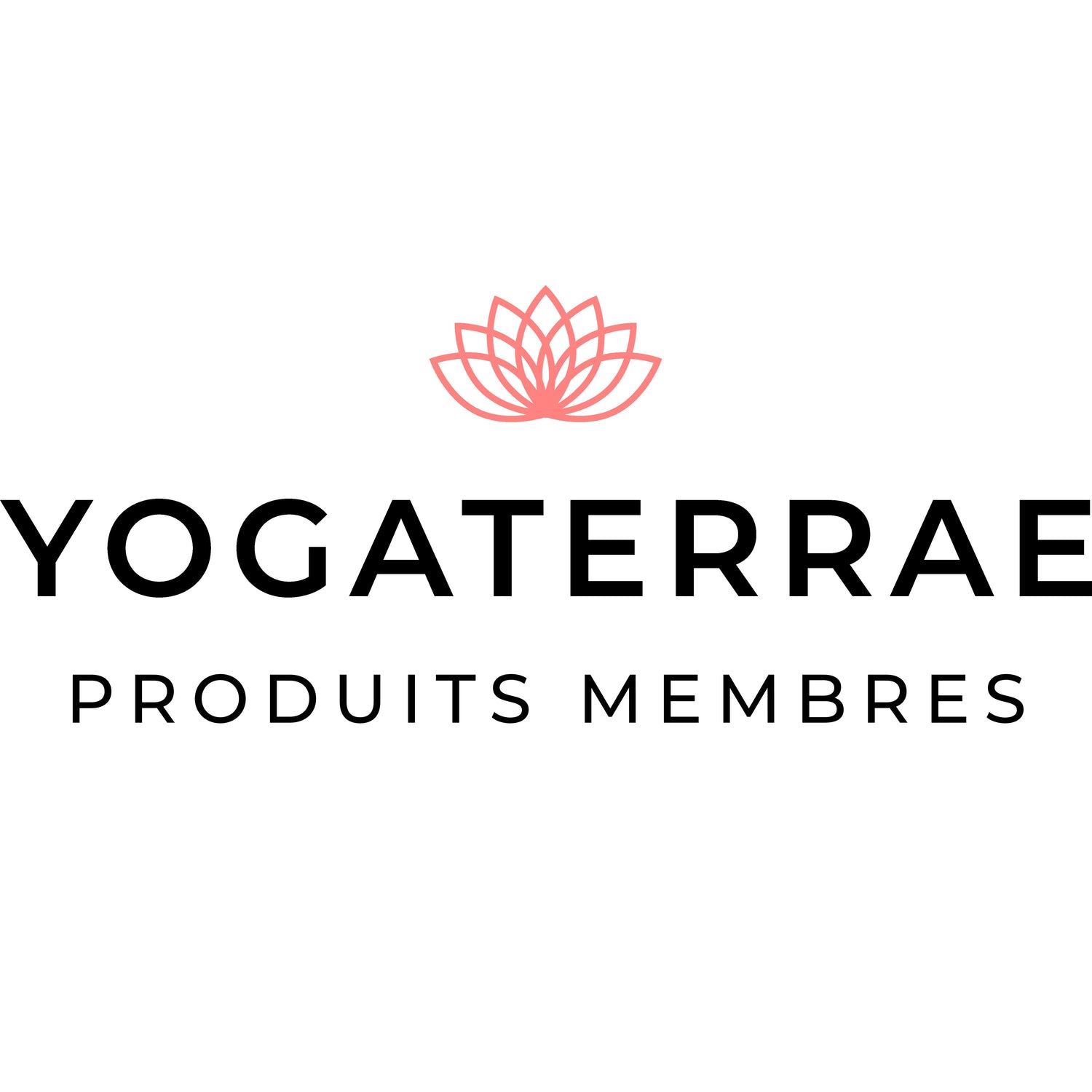THE VATICAN VIEW OF YOGA
Through the eyes of the Vatican and practitioners from all over the world, yoga, an ancestral art of the breath and the body, finds its place in a universal quest for inner harmony, respectful of all beliefs.
In a world in search of unity and meaning, yoga invites itself into the most ancient of spiritual dialogues.
Between theological caution and recognition of its benefits, the Vatican and other Christian voices question the place of this age-old practice in inner fulfillment.
Written by TINA - April 2025
Inklapbare content
Reading time
Approx. 10 minutes
WHAT YOU'RE ABOUT TO DISCOVER
- The origins of the Christian view of Eastern practices
- How the Vatican has approached the question of yoga over the decades
- The nuances between faith, Christian meditation and the practice of yoga
- The points of convergence between the yogic and Christian spiritual quest
- How some believers today integrate yoga into their inner journey
- A universal reflection: what if yoga were a language of peace beyond belief?
"Let's take a look!
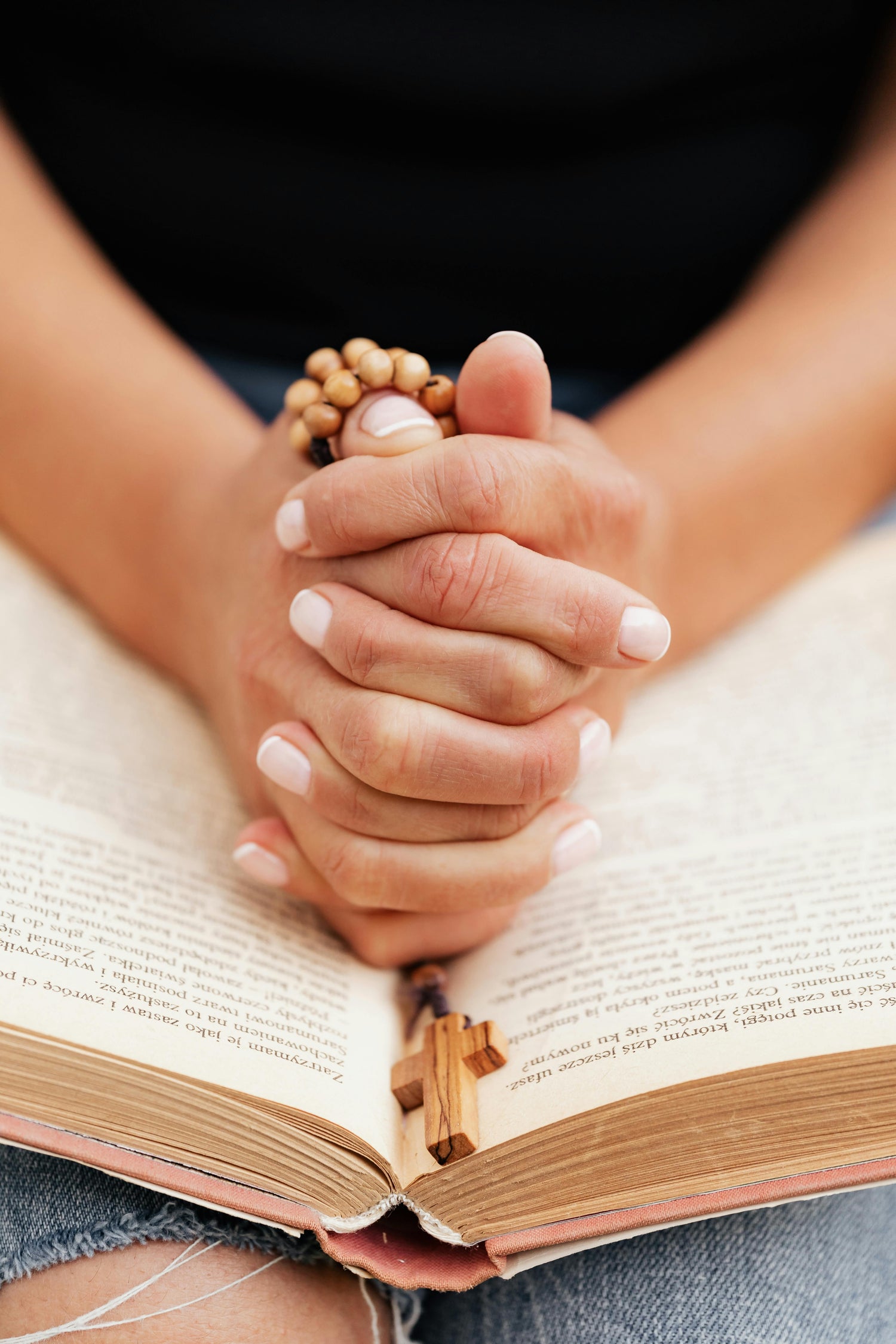
THE ORIGINS OF THE CHRISTIAN VIEW OF ORIENTAL PRACTICES
For centuries, the Christian West has maintained a cautious relationship with practices from the East. As early as the Middle Ages, fascination with Indian spirituality was often accompanied by mistrust. Yoga, perceived as an alternative spiritual path, was long seen as alien to the Christian tradition. This reserved attitude was rooted in a misunderstanding of the aims of yoga, which was wrongly considered to be purely religious, when in fact it is first and foremost a discipline for unifying body, breath and spirit.
In the XXᵉ century, with the rise of interreligious dialogue, perceptions began to change. Christian figures open to the world, such as Thomas Merton, showed that certain meditative practices derived from yoga could enrich the Christian inner quest, without betraying faith.
Today, the Church urges caution, while recognizing that certain techniques of bodily relaxation, conscious breathing and meditation, if practiced in harmony with faith, can foster greater spiritual depth.
In this spirit, the choice of a yoga mat also takes on a strong symbolism: it becomes a personal sacred space, an anchoring support for silent prayer, meditation or conscious practice. That's why at Yogaterrae we've designed mats with anecological soul (natural cork, eco-responsible rubber), offering everyone an anchorage point that respects themselves and the planet, whatever their beliefs.
The carpet then becomes the bridge between the interior and the universal, a humble companion in the quest for inner peace shared by all traditions.

HOW HAS THE VATICAN APPROACHED THE QUESTION OF YOGA IN CONTEMPORARY YEARS?
For several decades now, the Vatican has been closely observing the rise of yoga in the West.
Yoga, with its ancient philosophical roots, has long raised questions among Christian authorities. In the first decades of the XXᵉ century, the practice was viewed with suspicion, perceived as a spiritual approach alien to the foundations of Christianity.
However, as the globalization of wellness practices progressed and yoga became more popular in the West, the Vatican's thinking became more nuanced.
An essential distinction has gradually emerged:
on the one hand, a yoga focused on an autonomous spiritual quest, which could be seen as an alternative to the Christian faith;
on the other, yoga as a physical and mental discipline, detached from any religious quest. In this second case, the Vatican recognizes that yoga, practiced to improve body balance, self-control and inner recollection, can be compatible with a Christian spiritual life, as a tool for calming, centering and supporting prayer.
Today, in many ecclesial discourses and reflections, this approach predominates: if the practice remains at the service of personal well-being and inner health, without doctrinal confusion, it can coexist with a faith-based approach, enriching man's path towards greater awareness and inner peace.

THE NUANCES BETWEEN FAITH, MEDITATION AND YOGA PRACTICE TODAY
While yoga is now widely recognized as a beneficial physical and mental practice, it also touches on more subtle dimensions: meditation, self-awareness, spiritual openness. This is where distinctions need to be made, particularly in a Christian context.
Christian faith is based on a direct relationship with God, nurtured by prayer, the sacraments and meditation on the Scriptures. The aim of Christian meditation is not absorption in an impersonal state, but the deepening of a living dialogue with the divine.
In some traditions, yoga can be part of a more global spiritual quest, aimed at union with a transcendent reality. However, in its modern practice - especially that taught in the West - yoga is mostly approached as a physical and mental art of living: a means of cultivatinginner balance, health and mindfulness.
Thus, when practised without religious intention, yoga can coexist perfectly well with a Christian faith or any other belief. It then becomes a support for attention to body and breath, without replacing prayer or personal spiritual foundations.
This distinction, now better understood, makes it possible to promote yoga as a discipline at the service of well-being, self-mastery andinteriority, while deeply respecting the spiritual traditions to which each individual may belong.
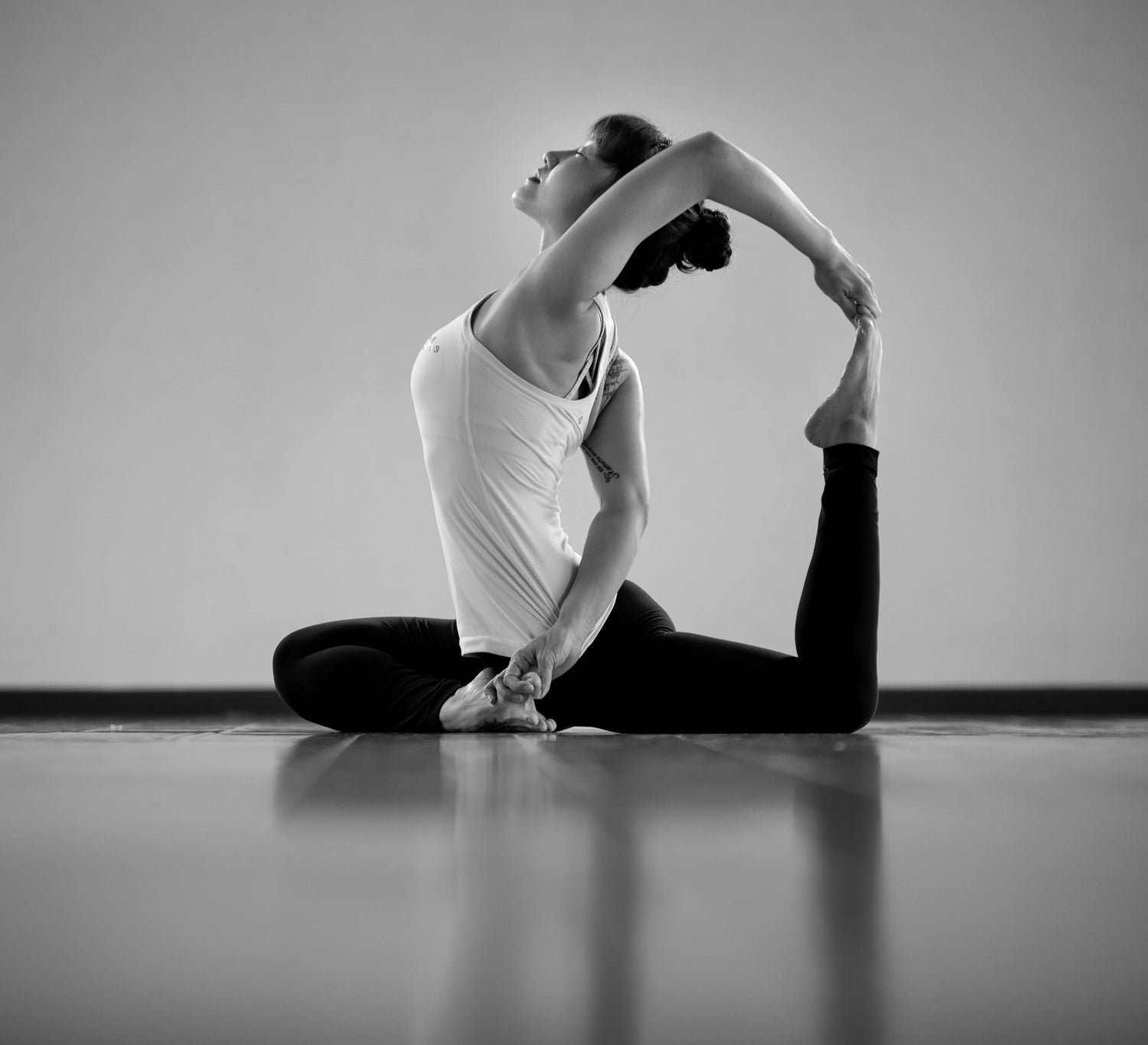
POINTS OF CONVERGENCE BETWEEN THE YOGIC AND CHRISTIAN SPIRITUAL QUEST
At first glance, yoga and Christianity seem to come from very different spiritual worlds. However, once we look beyond their outward forms, profound similarities emerge in their inner quest.
In both traditions, the emphasis is on mastery of the mind, detachment from material distractions and the search for union with a higher reality: God for Christians, the Absolute (Brahman) or Self (Atman) for yogis. The path involves inner discipline, meditation, prayer and contemplation.
Breath, central to yogic pranayama, is echoed in the importance of the Divine Breath in the Christian tradition, perceived as the Holy Spirit that animates and guides the soul. Breathwork, concentration, humility and inner purification are common approaches to the mystery of the divine.
Similarly, theattitude of the heart - benevolence, forgiveness, detachment from selfish desires - is valued in both paths. The aim is not merely to perfect oneself for oneself, but to open up to a wider reality, cultivating love, compassion and service.
Thus, beyond doctrinal differences, yoga and Christianity can meet in a universal vision of the inner journey: one that invites everyone to become more aware, more loving and more connected to the breath of life.
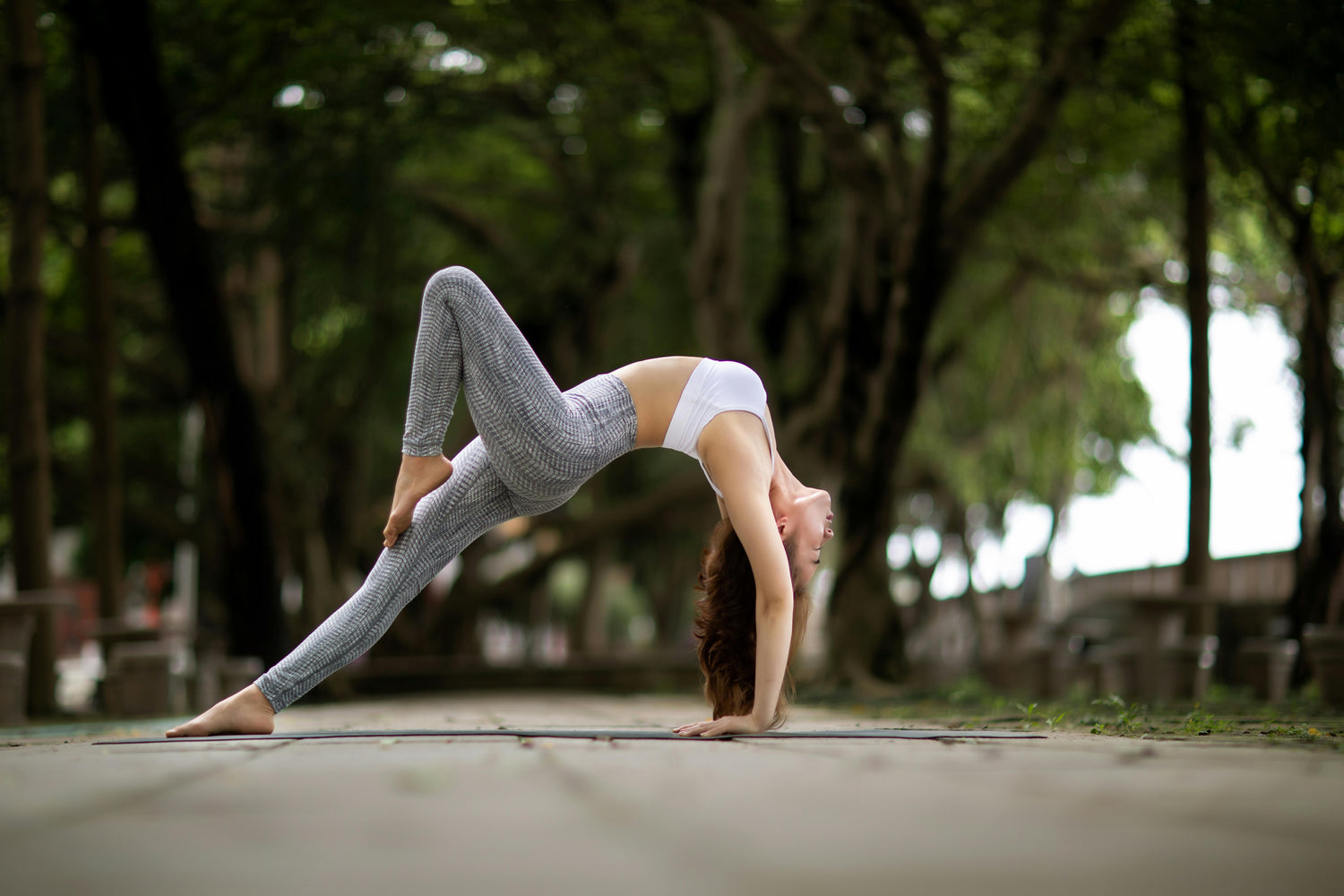
HOW SOME BELIEVERS TODAY INTEGRATE YOGA INTO THEIR INNER JOURNEY
Today, many believers, particularly Christians, choose to integrate yoga not as a replacement for their faith, but as a tool for spiritual deepening. For them, the practice of asanas (postures) and pranayama (conscious breathing) is not a religious act, but a means of refocusing, of fully inhabiting their bodies, and of opening their hearts to a more embodied and conscious prayer. Yoga thus becomes a means of interiorization, fostering the inner silence necessary for Christian meditation, without confusion with external beliefs.
This respectful approach sees yoga as a complementary discipline: it prepares the mind for contemplation, listening to the divine, and welcoming the inner breath, often associated in the Christian faith with the Holy Spirit. Far from erasing their spiritual identity, these practitioners testify that yoga, practiced with discernment, can become a path to unification, a way of living their faith more incarnately, more deeply and more attentively to the mystery of life.
In this perspective, the choice of a natural yoga mat, respectful of the body and the Earth, also takes on a symbolic value: it becomes a sacred space, humble and silent, conducive to meditation and inner elevation.
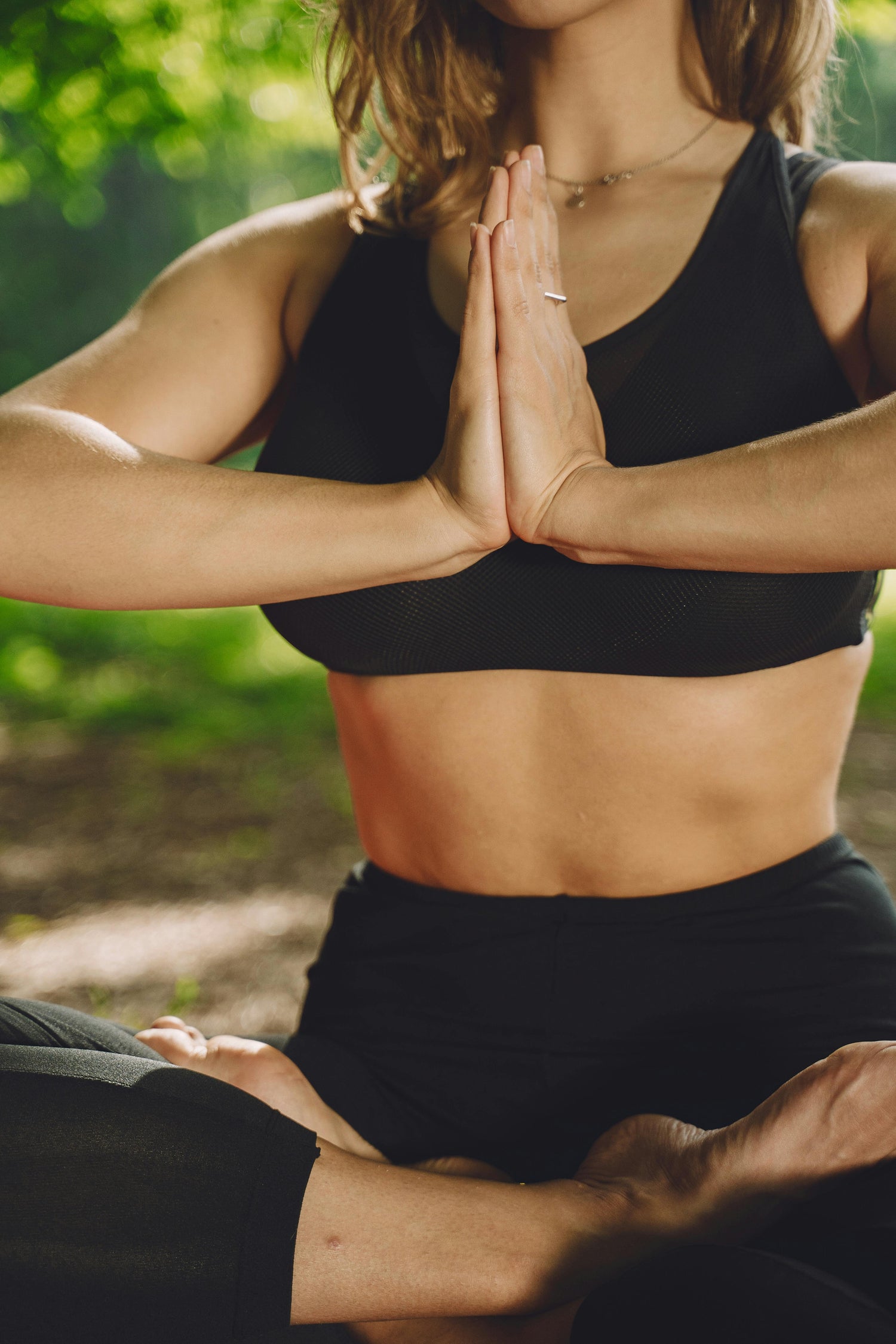
A UNIVERSAL REFLECTION: WHAT IF YOGA WERE A LANGUAGE OF PEACE THAT TRANSCENDED ALL BELIEFS?
Beyond doctrines, dogmas and traditions, yoga can be seen as a universal language that speaks directly to the human heart. By its non-proselytizing nature, it invites everyone to explore their inner selves, pacify their emotions and cultivate a quality of presence in the world. Whether you're a believer, agnostic or atheist, the practice of yoga connects you to the essential: breathing, body awareness, listening to inner silence.
In a world often fragmented by differences of faith and culture, yoga offers a path to unity, where respect, tolerance and kindness become concrete acts experienced on the mat and then transposed into everyday life. It teaches that underneath all the different appearances, there is the same breath of life, the same aspiration to peace and fulfillment.
In this way, yoga doesn't stand in opposition to beliefs: it becomes a silent bridge, a space of inner encounter where each being can progress at his or her own pace, in harmony with their own spiritual or existential quest. To practice on a natural, solid and respectful yoga mat is also to honor this search for balance between the visible and the invisible, between body, soul and spirit.
Thank you TINA for this post
Thank you for sharing this inner journey with us, where yoga is revealed not as a frontier, but as a path to peace, unity and profound humanity.
TINA's bio
-

TINA
1994, Reunion Island & Mauritius, a Life inspired by the Indian Ocean and Yoga
Since childhood, this intrepid traveler has criss-crossed the globe, leaving her footprints on beaches the world over.Passionate about surfing, scuba diving and sailing, she has made the ocean her playground and source of inspiration.
The freedom of the waves, the serenity of the ocean depths and the wind in his sails have punctuated his journey, always guided by a quest for connection with nature.
Through her explorations, yoga has become more than a practice for her - it's a way of life.
Between morning surf sessions and meditative sunsets, she has found in yoga a perfect balance of strength, fluidity and self-awareness.
Today, she combines her passion for water sports with teaching yoga and is part of the Yogaterrae team, here in France, in the South-West and often remotely :)
This adventuress is a true source of inspiration for anyone who aspires to live in harmony with their body and nature.
Through her stories of incredible experiences, she invites everyone to open up to a world where every wave, every breath and every posture is a celebration of life.
